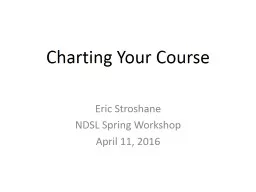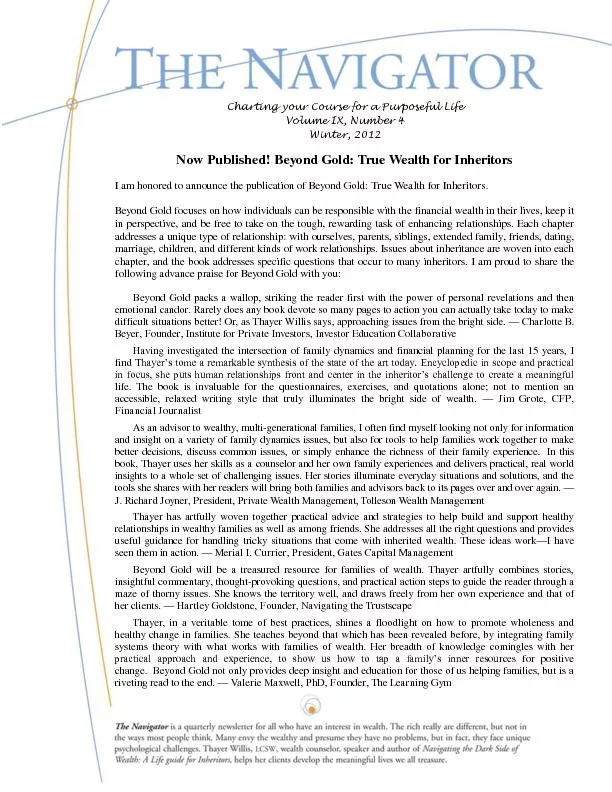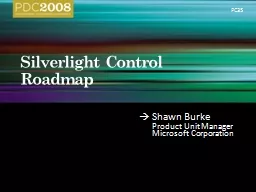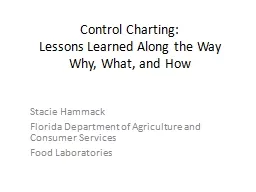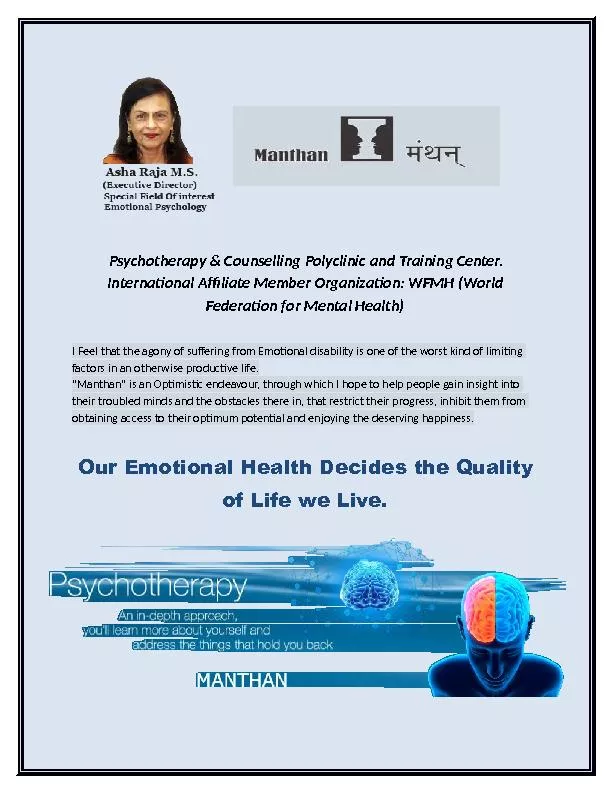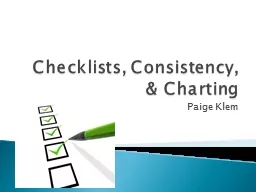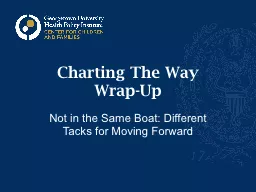PPT-Charting Your Course
Author : trish-goza | Published Date : 2017-10-21
Eric Stroshane NDSL Spring Workshop April 11 2016 estroshanendgov ericstroshane Acknowledgements This presentation is adapted from several different sessions presented
Presentation Embed Code
Download Presentation
Download Presentation The PPT/PDF document "Charting Your Course" is the property of its rightful owner. Permission is granted to download and print the materials on this website for personal, non-commercial use only, and to display it on your personal computer provided you do not modify the materials and that you retain all copyright notices contained in the materials. By downloading content from our website, you accept the terms of this agreement.
Charting Your Course: Transcript
Download Rules Of Document
"Charting Your Course"The content belongs to its owner. You may download and print it for personal use, without modification, and keep all copyright notices. By downloading, you agree to these terms.
Related Documents

